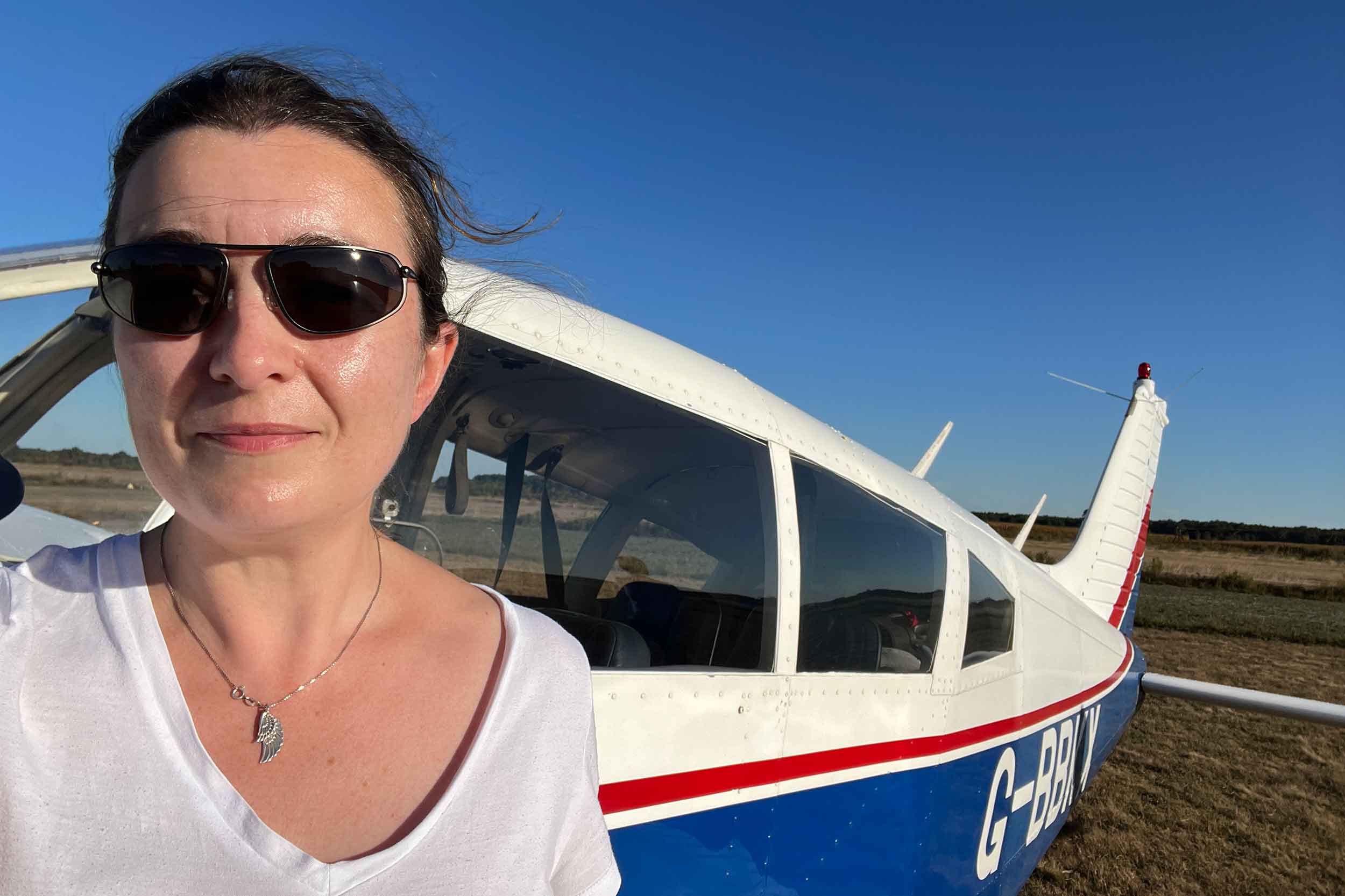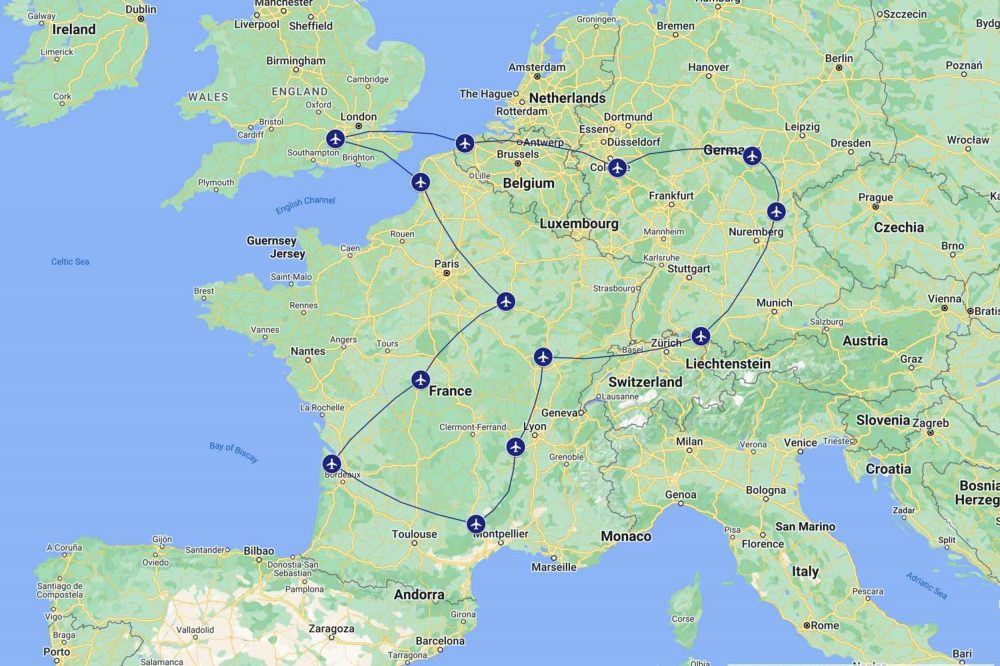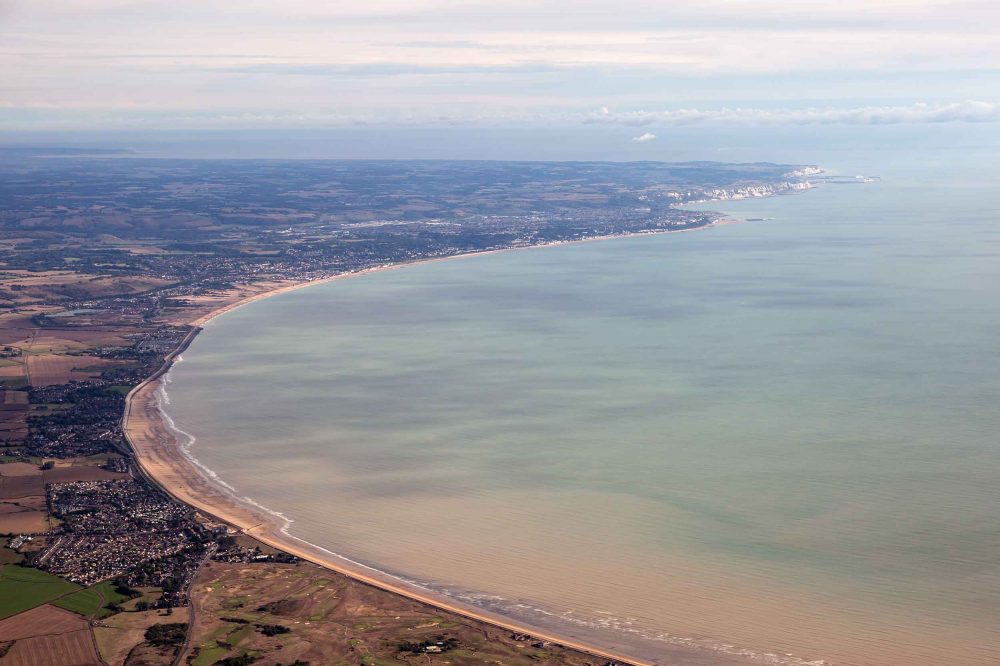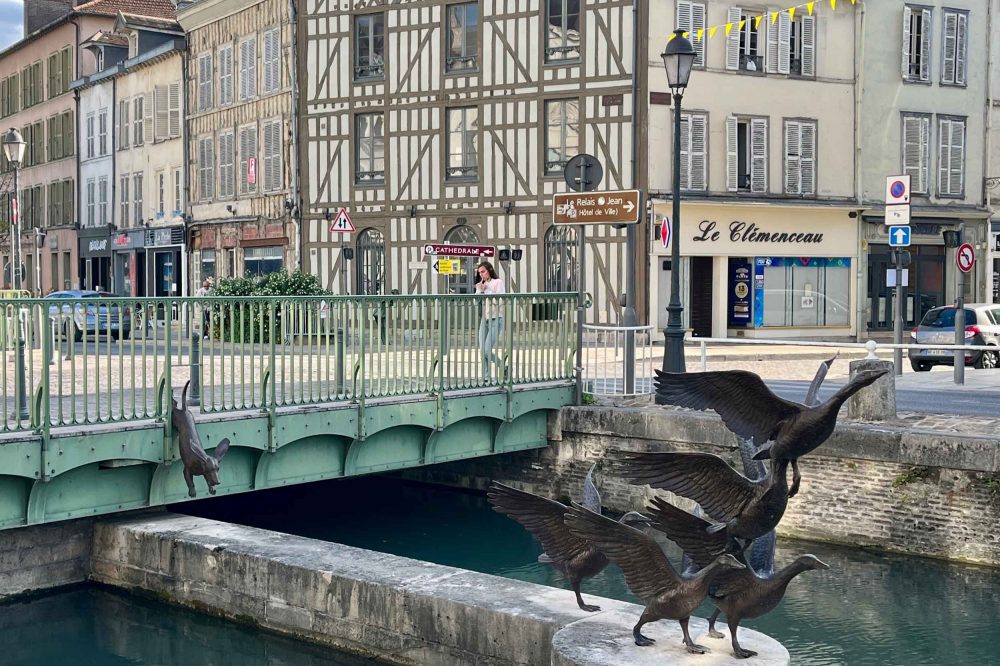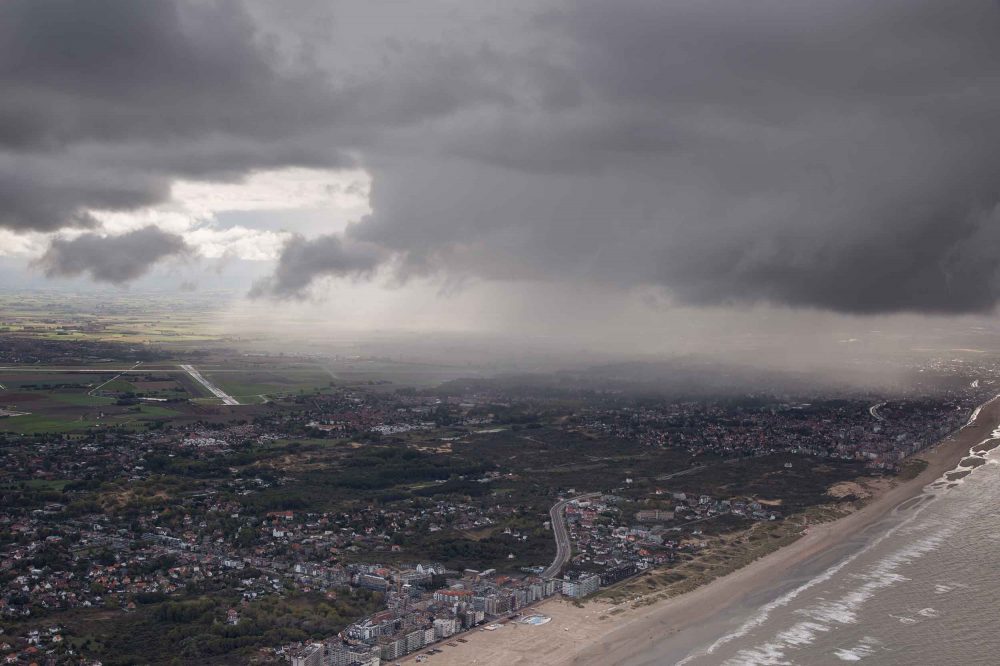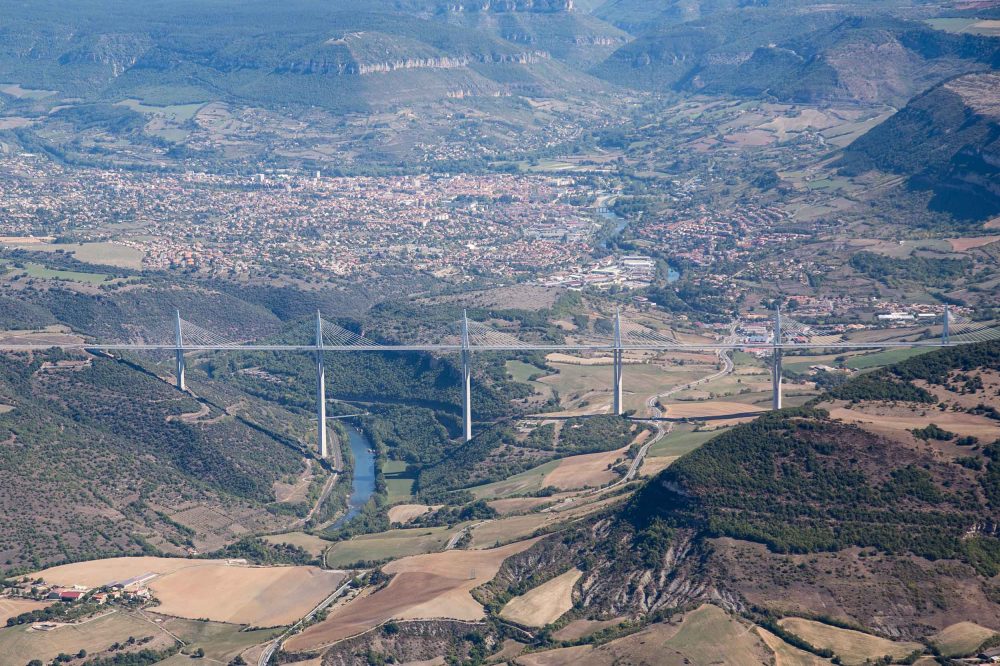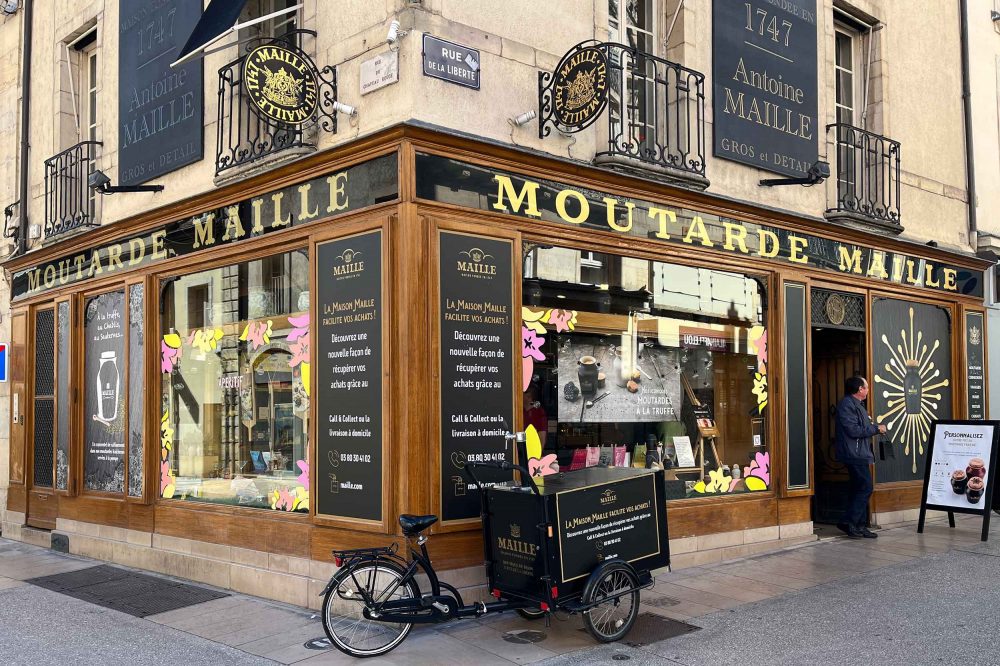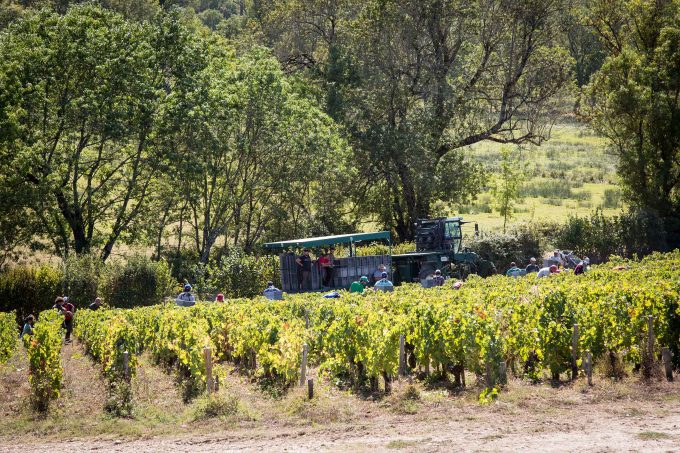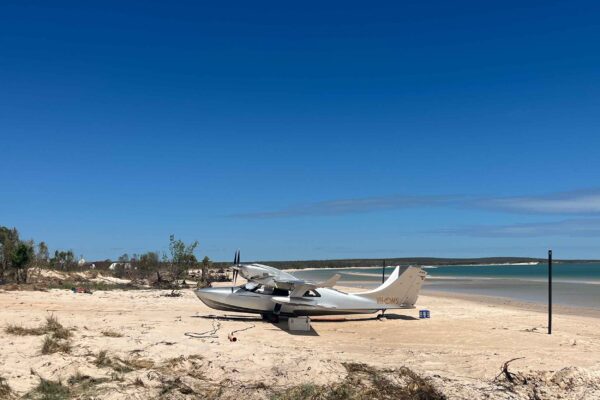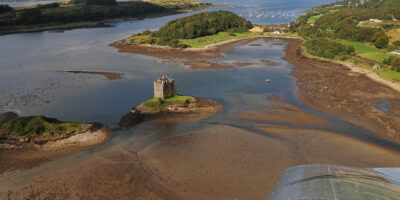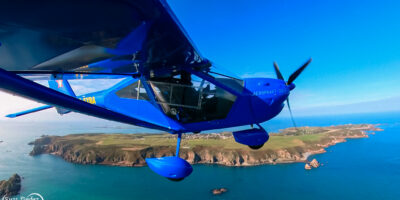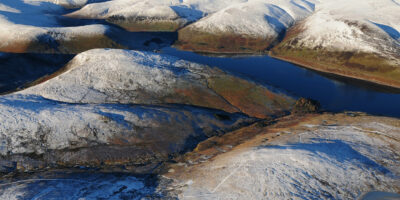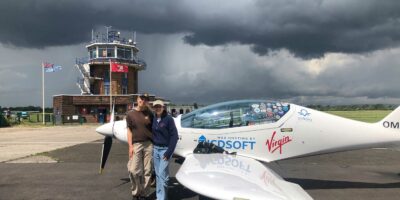Day six: Friday
One of my aims had been to fly to more than one country. I was reluctant to head for home so soon and the weather looked better in Germany, so Friedrichshafen became our next destination.
I routed via the overhead of Luxeuil Saint-Sauveur and was excited to hear them say, ‘G-KX, traffic is two Mirages’ (yes, I got a photo). I also flew through a corner of Swiss airspace. So another country ticked … sort of.
From here we flew to Bayreuth. I hadn’t been able to find a German crib sheet, so had selected airfields which the AIP said provided ATS in English. You can imagine my surprise, and other emotions, as I made my first call and received a reply in German.
More thanks needed, to the anonymous pilot on the radio who translated for me! I’m sure he could hear the relief in my voice.
On the ground, we were greeted by a very friendly ops person. His English was as sparse as my German, but we managed well on a combination of hand signals and smiles.
Day seven: Saturday
Now the weather was really starting to close in. We headed west, via Erfurt-Weimar, a larger airport that luckily really DID have English ATS – and seemed slightly surprised that I wanted to visit.
Bonn Hangelar was my second landing of the day, chosen to be as far west as possible and somewhere with good facilities, should we get stuck. The cloud was building and visibility dropping all the time.
The approach to the airport was stunning, coming in low over the Rhine. There was little opportunity to enjoy it though, as the high ground, low visibility and rain showers were taking all my attention.
In our rush to beat the weather we hadn’t had time to eat, so arranged to meet up with one of my colleagues who is based in Bonn. The beer and pizza were both very welcome!
Day eight: Sunday
Crunch time. We woke up to drizzle and a forecast full of ‘PROB’ and ‘TEMPO’ between Bonn and the Channel. Luck was with us though and, as we travelled to the airfield, more and more patches of blue appeared.
But, as we flew towards Oostende, the amount of towering cumulus increased, the cloud base got lower and showers started appearing.
It wasn’t changing quickly though, and we had several alternates planned. With Oostende in sight, we could see it would be a race to the runway between me and a heavy shower. I won, obviously, but not by much.
The next race was paperwork vs time. There was a flight plan to file, a GAR to send to the UK and a Belgium police GenDec for leaving the Schengen area. It was getting late, but the weather was improving slightly. We could also see that the weather in the UK was lovely!
We got airborne shortly after 1600 and coasted out uncomfortably low. Thankfully, Oostende Approach was very easy going, asking me what height I wanted to cross the Channel and not being at all bothered when a few minutes later I asked for a new one… about 2,000ft lower!
But, as we crossed to the London FIR, it was like crossing a line in the sky and the British side was a lovely shade of blue.
The double reassurance of gaining some extra height and hearing an English voice on the radio was such a relief.
The beautiful evening weather made the low-level flight around Gatwick back to Farnborough busy, with both of us constantly scanning for traffic.
This trip was destined to be a challenge right to the very end.


